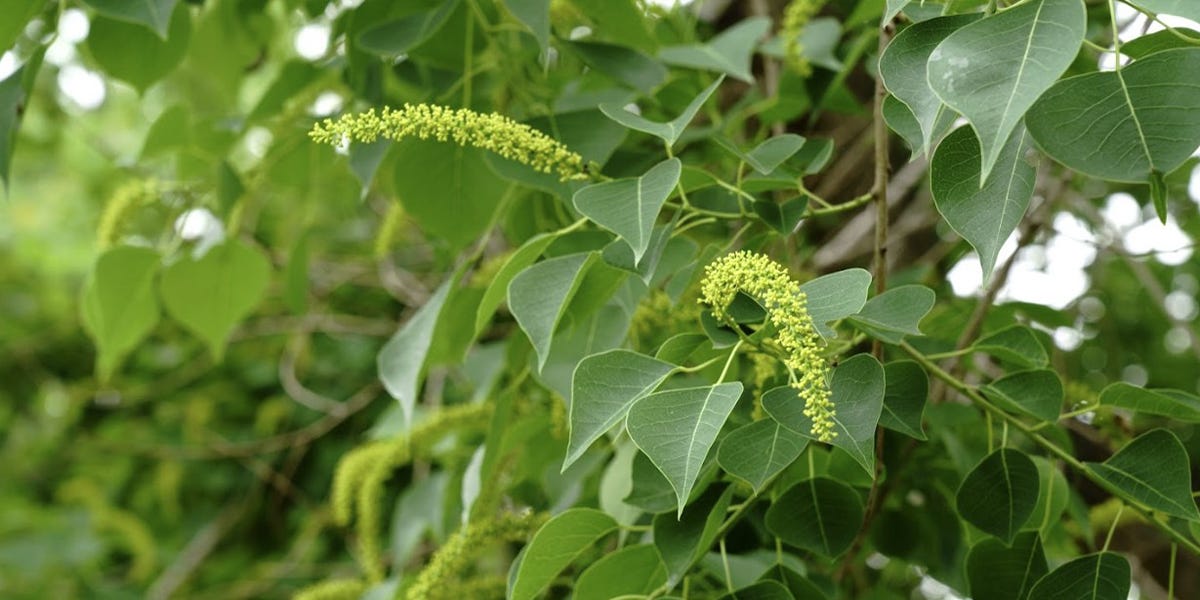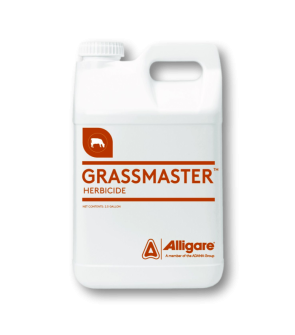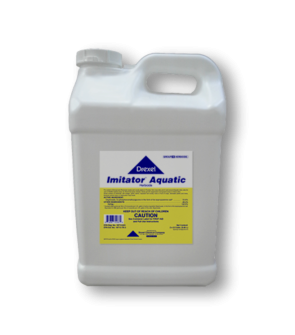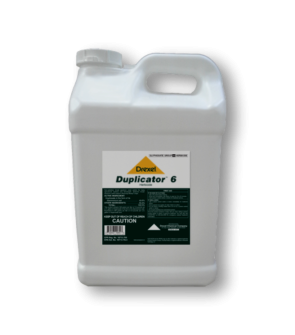Gain access to personalized product screening, the best pricing, rewards, and more!
Most Effective Products
Tallow Control: How To Get Rid of Tallow
Tallow is an invasive tree that has been around in the United States since the 1700s. Originally from eastern Asia, the Chinese Tallow tree brought many benefits to the land such as the waxy coating of the seeds being used for candle and soap making, and the leaves being used as herbal medicine to treat boils. The trees can grow quite large, up to 25 feet tall and have rhombus-shaped leaves and blossom buds which resemble popcorn, earning it the nickname of Popcorn Tree
Tallow trees are notorious for taking over habitats and out-competing other plant life, soaking up most of the nutrition and preventing other plants from thriving. Infestations of Tallow trees have become a problem in rice canals, irrigation systems, drainage ditches, rights-of-way, vacant lots, fence lines, pastures, and rangelands. Tallow trees establish easily, grow quickly, and produce large quantities of seed. Tallow trees resprout quickly from crown and root buds when top growth is mechanically removed.
If you have Tallow on your property and want it gone, our DIY Tallow treatment guide below will show you, step-by-step, how to eliminate this invasive tree using our professional-grade control products.
Identification
Chinese Tallow can reach up to 20 feet in height and is typically considered a small to medium-sized tree, but some trees reach heights of 40 to 50 feet. Chinese Tallow grows quickly and has broad ovate leaves that change colors in the fall.
Another feature that can help you pinpoint a Tallow tree is the milky sap which comes from its leaves. The waxy Tallow derived from the white covering of the seed is how the tree earns its name.
Use our description and image above to help you to identify tallow on your landscape. If you are having trouble identifying Tallow, contact us and we will properly ID the plant for you and offer product suggestions of the best professional herbicides for control.
Inspection

Where to Inspect
Tallow is a very invasive species of tree and characteristically outcompetes native shrubs and trees in the area like a bully taking lunch money. Observe the area where the tallow is growing and take note of the surrounding environmental conditions as this will help you in finding out what is helping tallow to thrive so you can make modifications to hinder it.
What To Look For
Look at the Tallow itself and determine how mature and how large the Tallow is and then determine which way you should treat the plant.
Treatment
Please be sure that when handling any type of herbicide, you are properly protecting your skin and eyes with safety equipment (goggles, gloves and long-sleeved clothing).
There are two ways you can go about treating tallow, either via spraying the stems or the leaves. Our go-to herbicide recommendation is Dicamba Plus 2,4-D Herbicide as it as shown to be very effective against brush and shrubbery and is labeled for treating tallow.
Step 1: Cut down the Tallow.

Using an ax or saw, cut the tallow tree down to a stump. This will help the herbicide to seep into the tallow and kill the plant down to its root.
Step 2: Apply Dicamba Plus 2,4-D Herbicide

Prepare a herbicide spray mix of Dicamba Plus 2,4-D Herbicide into a handheld pump or backpack sprayer. To figure out how much Dicamba Plus 2,4-D Herbicide to use, you will need to determine the size of the treatment area. To do this, measure and multiply the area length times the width to get the total square footage to be treated (length x width = square footage).
To treat Tallow Trees, the recommended rate is 0.5 to 5 pints of Dicamba Plus 2,4-D Herbicide per 5 to 40 gallons of water per acre. For dense populations, a second reapplication may be needed the following growing season. Fill your sprayer halfway with the required amount of water, add the appropriate amount of Dicamba Plus 2,4-D Herbicide, and pour in the remaining half of water. Close the lid and agitate the solution until evenly mixed.
Spray the stump immediately after cutting it down, wetting the cut surface and the bark thoroughly with the Dicamba Plus 2,4-D Herbicide mixture.
Step 3 - Alternative Applications

Alternatively, you can cut the Tallow tree and treat it via leaf spray or stem spray. Timing is important when it comes to treating tallow. The best time for spraying is in April or May after tallow tree leaves have matured and continue through September or until leaves begin to turn yellow to red. Be sure to adjust the sprayer nozzle to deliver a narrow, cone-shaped mist.
Tallow treatment is not one and done. You will need to go over your land regularly to locate and treat unwanted tallow tree seedlings and plants that are missed or only partially damaged by the initial spray treatment.
Prevention
You can prevent a return by getting rid of seedlings. Seedlings should be regularly checked for presence and pulled by hand before they reach seed-bearing maturity. Another organic preventative measure is to plant a different tree species where the tallow was growing.
Key Takeaways
- Tallow trees are seen as ornamentals and can be pretty to look at, however because of their invasive nature, these trees can quickly take over a land and can potentially inflict considerable harm to the ecosystem where they are prevalent.
- Our top recommendation to Treat tallow is a post-emergent treatment of Dicamba Plus 2,4-D Herbicide via first cutting the stem and applying it to the stump.
- Prevent Tallow from returning by checking and removing tallow seedlings by hand and closely monitoring your land.











